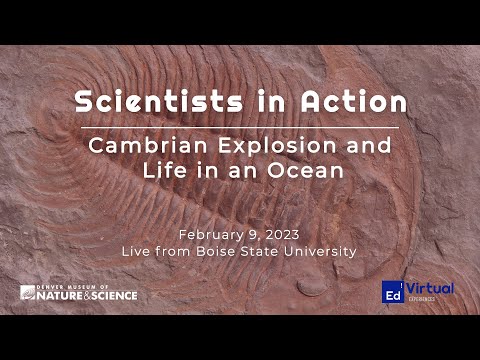Description:
Embark on a virtual journey to Boise, Idaho in this 46-minute video from the Denver Museum of Nature & Science. Explore the fascinating Cambrian time period when life existed exclusively in the ocean and the area now known as the Rocky Mountains was a tropical sea. Dive deep into the concept of geological time, prehistoric Earth, and the study of ancient life forms. Learn about the Cambrian Explosion, the significance of fossils in dating, and the evolution of early marine creatures like trilobites. Discover the tools and techniques scientists use to uncover and interpret the rock record, extrapolate data, and piece together the history of life on Earth. Gain insights into the process of finding fossils, including rare soft-bodied specimens, and understand how ocean plants contributed to the oxygenation of our planet. Join researchers in their geology lab as they share their favorite discoveries and weird specimens, offering a unique glimpse into the exciting world of paleontology and the study of Earth's ancient past.
Read more

Cambrian Explosion and Life in Ancient Oceans - Scientists in Action
Add to list